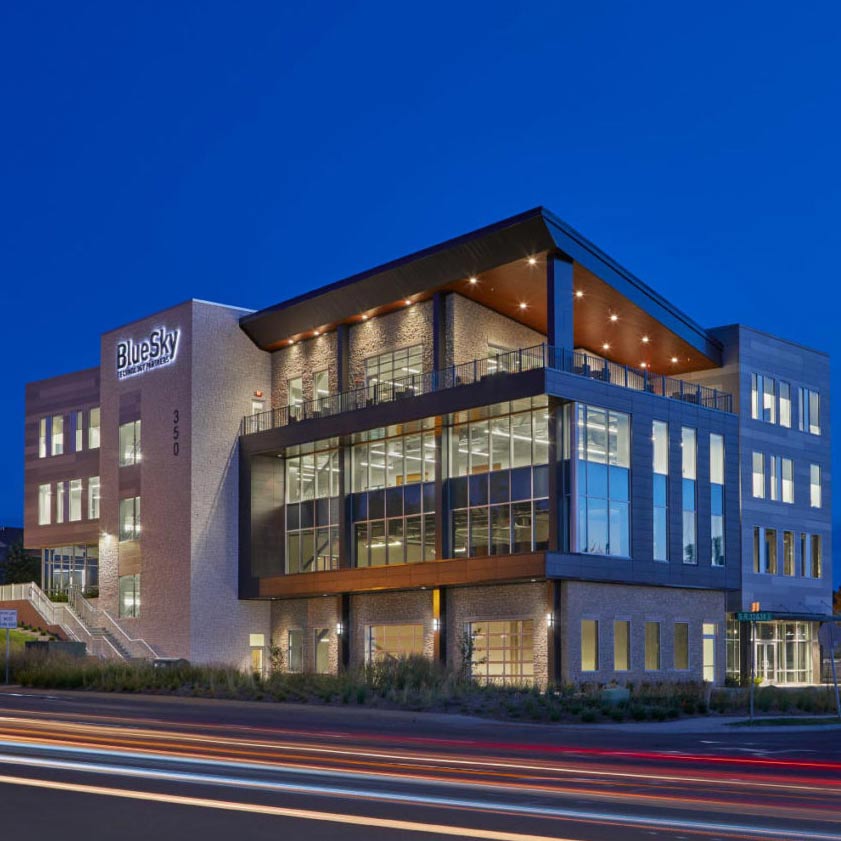Industry findings over the past few years have proven the reciprocal correlation between eCommerce site performance and customer satisfaction.
44% of shoppers claiming that a slow transaction makes them more anxious about the purchase.*
Given those statistics, site performance might be the single most important KPI for retailers when considering its compounding effect on other business metrics. Conversion rate, bounce rate, time on site, pages per session, and repeat visitors can all be affected by site performance.
Let’s walk through some of the different site performance areas, look at industry stats, and discuss how your eCommerce site can achieve these benchmarks.
Site Availability
It’s essential that your eCommerce site perform well at all times and especially critical during anticipated spikes in traffic such as holiday sales promotions or after widespread media attention.
Site availability is the first potential bottleneck for slowing down your visitors and potential customers. It might seem like eCommerce 101, but optimizing components like page load speed and caching become irrelevant if your site isn’t reliable. Not to mention, your sales will suffer.
To put this into perspective, we can look back to 2013, when Amazon’s site crashed for nearly 40 minutes. According to Internet Retailer, the downtime caused the e-retailer to lose upwards of $4.8 million in sales.
Page Load Time
According to Akamai, the average online shopper expects web pages to load in two seconds.
And according to ConversionXL, 57% of online shoppers will only wait three seconds before abandoning a retail site. These statistics show that lightning-fast page load time continues to be a top concern for online shoppers and, thus, a crucial KPI for eCommerce sites. Page load time’s effect on conversion can’t be understated. According to an Aberdeen Group study, a one-second delay in page load time equals a seven-percent loss in conversion. To combat these statistics, focus on quick wins to begin optimizing your page load speed and, ultimately, maintain or increase your conversion rate.
Free infographic
To highlight several ways WebSphere Commerce sites can improve their page load speed, we created an infographic that details 11 fast, easy wins.
Front-end optimizations like the ones described in the infographic will have the biggest return on your investment of time, since 80-90% of end-user response time is spent there.
Mobile Optimization
One reason eCommerce sites have had trouble keeping their site availability and page load time up to standards in recent years is the ever-increasing percentage of mobile traffic directed to their sites.
Optimizing your site for mobile is more critical than ever — since 2015, mobile sessions have increased at ten times the rate of desktop sessions, according to Mobify. As illustrated in this benchmark study from Moz, mobile conversion rates still don’t match desktop conversion rates. However, retailers will be able to close the gap in the coming years as millennial shoppers continue to influence the market. For them, a convenient and consistent shopping experience is everything. According to National Retail Federation, two out of three millennial shoppers use smartphones in retail stores and want that digital connectedness to enhance their in-store shopping experience.
In conclusion, the bottom line is that fast, reliable site performance leads to upticks across all KPIs. By improving page load, availability, and mobile performance, you can expect gains in customer interaction, conversion, and revenue.
Let us show you how we’ve helped national retailers achieve their site performance goals and how we can do the same for you.
Don’t let site performance get you down.






